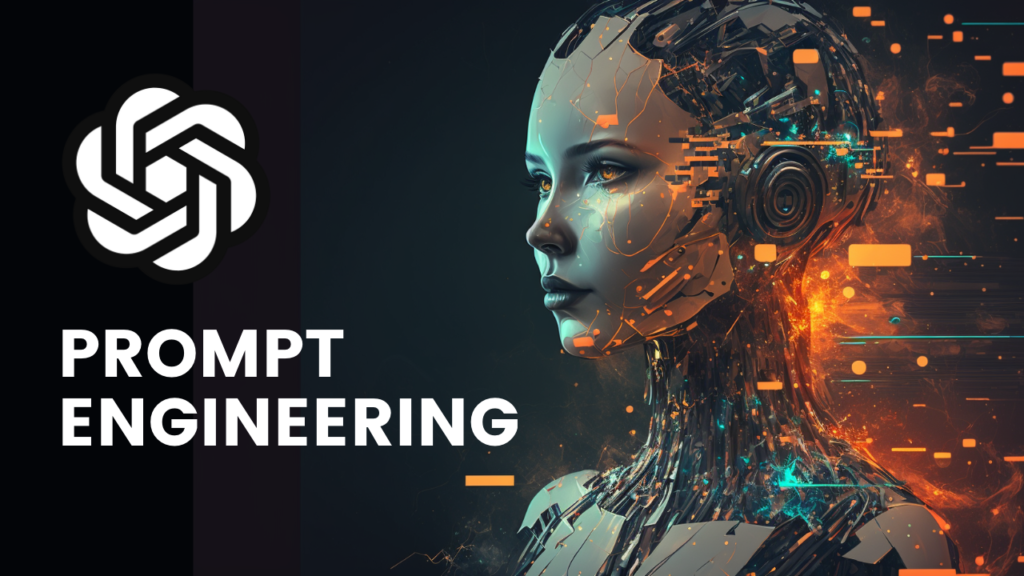Introduction
Prompt engineering, a crucial aspect in the artificial intelligence (AI) industry, is rapidly gaining traction. It focuses on optimizing prompts to facilitate better interactions between humans and computers. As we witness the growth of advanced natural language processing (NLP) models such as GPT-4, the need for perfecting prompts becomes increasingly paramount. This article will provide an in-depth understanding of prompt engineering, its role in conversational AI, and how it’s driving the future of AI.
Understanding Prompt Engineering
In the AI ecosystem, a ‘prompt’ refers to the user input which triggers an AI system’s response. This could be in the form of a question, a command, or a statement. The focus of prompt engineering is on fine-tuning these prompts to ensure optimal output from the AI model.
The importance of prompt engineering arises from the way AI learns – it detects patterns from vast data sets and isn’t programmed explicitly to react in certain ways. Therefore, the task of generating appropriate prompts that elicit accurate responses is vital for an effective AI-human interaction.
Why Prompt Engineering Matters?
The role of prompt engineering in shaping the future of AI is paramount. AI is becoming a part of our daily lives, from Siri and Alexa to text-based models like ChatGPT, and these interactions heavily depend on user prompts. However, an ill-phrased or an ambiguous prompt can lead to undesirable outcomes.
Through prompt engineering, we can refine the user prompts to steer AI models to generate accurate and useful responses. This essentially means that effective prompt engineering leads to improved communication between AI and humans, making our interactions more productive.
Practical Applications of Prompt Engineering
Prompt engineering begins with understanding the behavior of an AI model. This involves observing how the model processes different prompts, its response patterns, and its reactions to changes in the input.
Subsequently, the process of refining the prompts occurs iteratively. The engineer tests various prompt variations to find the ones that lead to optimal responses. This could involve altering the context, rephrasing, or even changing the structure of the prompt.
What Lies Ahead for Prompt Engineering?
Prompt engineering is a burgeoning field with tremendous potential. As AI models become increasingly complex, the need for prompt engineering will rise exponentially.
The future of AI could see the emergence of dedicated ‘prompt engineers’ who would specialize in tailoring prompts for AI models. We might also witness the development of advanced tools and methodologies for prompt engineering that simplify the process and allow for a more controlled approach to AI models.
Moreover, the growing focus on ethical AI puts prompt engineering in a pivotal role. Prompt engineers can guide AI models away from biased or potentially harmful outputs, contributing significantly to the development of safe and ethical AI.
Conclusion
The field of prompt engineering holds significant promise for enhancing human-AI interactions. Although it’s still in its infancy, it has the potential to revolutionize the way we design, use, and understand AI systems. By ensuring accurate responses and ethical AI behavior, the intricate art of prompt engineering is poised to shape the future of artificial intelligence.
